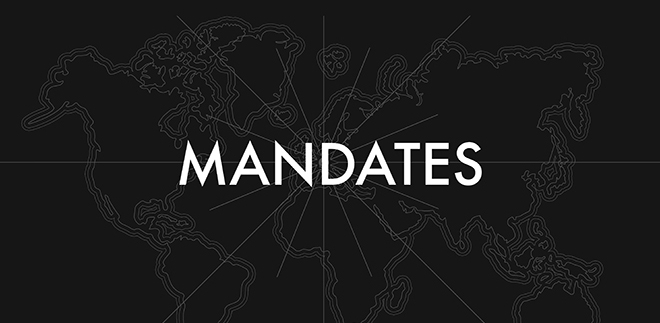Race and the League of Nations
The League of Nations (1920-1946) was the first worldwide intergovernmental organisation and served as the precursor to the United Nations. It was established to promote international cooperation and collective security following the First World War. At its peak, almost 90% of the world's population lived under the jurisdiction of member states. However, the League is chiefly remembered for its failure to prevent the even more disastrous Second World War.
This digital exhibition offers a new perspective. From Togoland to Haiti, it charts an alternative geography, far from the capital cities of Europe, where the League confronted the issue of racial equality. It showcases the lasting impact of the League’s inability to resolve the race question at its creation.
The exhibition has three parts. Mapping the League considers the organisation’s origins and changing membership. Mandates focuses on the League’s African territories. Black States examines the fortunes of Haiti, Liberia, and Ethiopia – the League’s only independent black members.

Mandates
This research has been funded by a British Academy and Wolfson Foundation Fellowship awarded to Dr Jake Hodder from the School of Geography, University of Nottingham. Much of the material is drawn from the Library of Congress in Washington DC, the UN Archives in Geneva, and the Royal Geographical Society in London.
